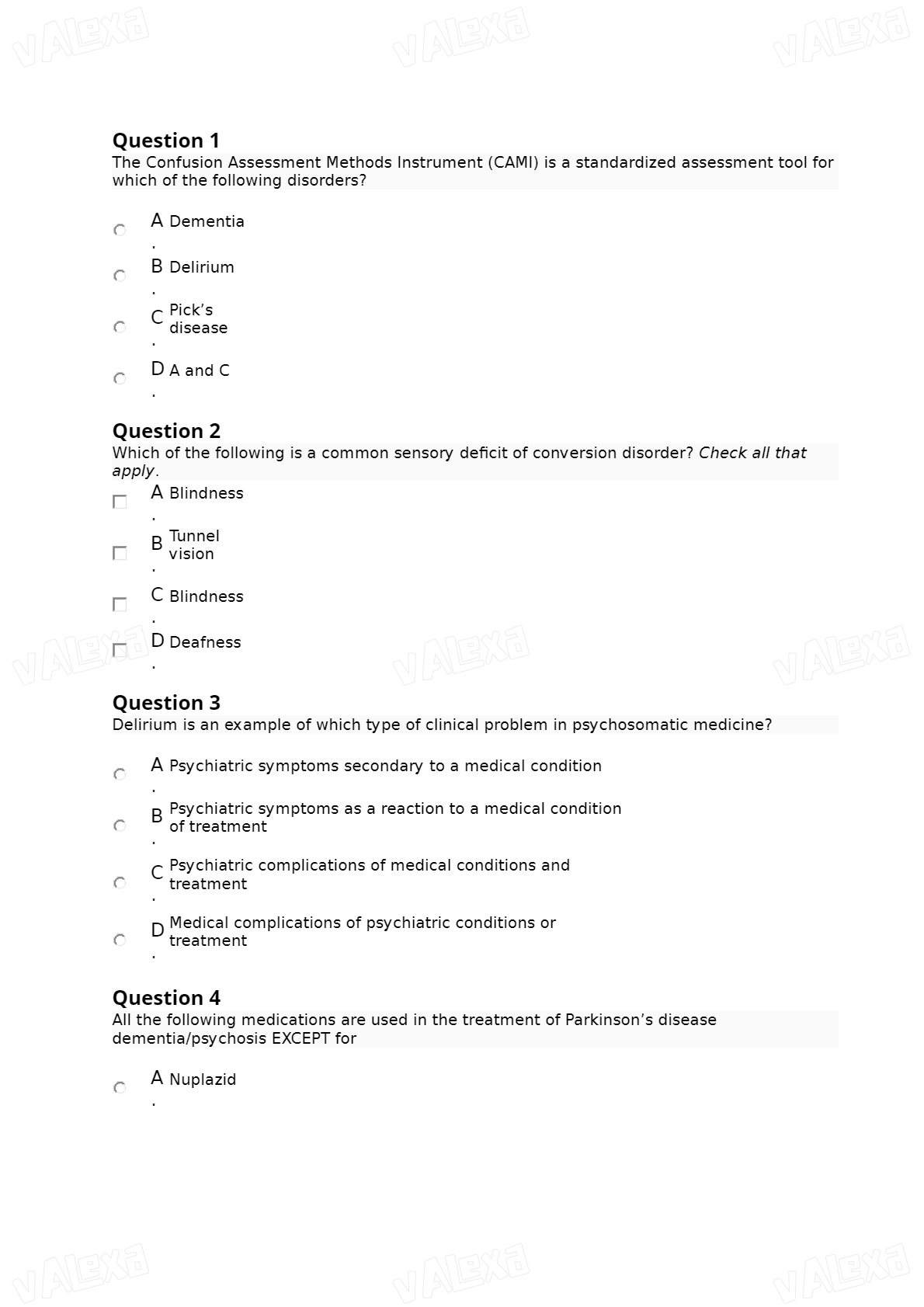
BIO 181 Review Topics (for final exam)
Chemistry of life (important elements of life, identify by sight basic biomolecules)
Protein:
Amino acids bound by peptide bonds.
Whats denaturalization? Losing protein structure/function
The change in a protein’s shapes as a result of unbalanced pH or temperature
that is high
o Polypeptides
- Primary protein structure: sequence of chain of amino acids
- Secondary: local folding of the polypeptide chain into helices or sheets
- Tertiary: three-dimensional folding pattern of a protein due to side chain
interactions
- Quaternary: Protein consisting of more than one amino acid chain
Carbohydrates:
Monosaccharides (sugars). Carbon ring, connected by shared oxygen.
Sugars are carbohydrates
- Glucose, fructose, and galactose are isomers
o They have the same molecules and the same amounts, but different physical builds
- Simple sugars are monosaccharides
- Nomenclature:
o Carbons are numbered from 1 to no, based upon conventions
o Open chain monosaccharides can form one of two stereoisomers
o A stereoisomer is two or compounds differing only in the special arrangement (mirror
images
Lipids:
Phospholipids. Phosphoric head (hydrophilic) and fatty acid tails (hydrophobic)
Plasma membranes are made up of? Phospholipids
Chloresotrol is a type of Lipid
What formations do phospholipids make in the presence of water?
Membranes, Micelles, Liposomes
o Lipids: chemically diverse group of molecules that are all hydrophobic (avoid water)
Nucleic Acid:
- Contains information
- DNA is genetic material for all organisms
- RNA is a key player in protein synthesis and the regulation of gene expression
1 / 2
- DNA is double stranded and RNA is singled stranded
- Uracil is RNA and thymine is DNA
- Hydrogen bonds hold DNA strands together
o Stable, but weak enough to be able to take it apart
o A to T (two bonds) and G to C (three bonds)
Cellular respiration (including big picture understanding of main processes – and knowing main
products)
This results in the breaking down of glucose to produce ATP for cellular use. It’s an
exothermic reaction. The reactants are glucose and oxygen. There are three steps: glycolysis,
citric acid, and electron transport chain. Without oxygen, fermentation occurs: lactic acid and
alcoholic
1. Glycolysis: anaerobic; converts two molecules of glucose into 2 molecules of pyruvate;
net yield of 2 ATP; occurs in cytosol
2. citric acid cycle: aerobic; converts pyruvate into acetylcoA; net gain of 2 ATP, 6 NADH, 2
FADH2; oxidation of glucose into CO2 is completed; occurs in mitochondrial matrix. NAD
and FAD are reduced to NADH and FADH2.
3. Electron Transport Chain: NADH and FADH2 are oxidized. Big payoff creates 38 ATP.
Fermentation
Lactic acid and alcoholic fermentation
- redox reactions that use NADH
- Fermentation turns NADH and pyruvate produced in glycolysis into NAD+ and an organic
product (which varies depending on the type of fermentation)
Oxidation/Reduction of major electron carriers of cellular respiration
- During aerobic respiration, oxygen is reduced, donating an electron to
hydrogen to form water. The entire process of cellular respiration oxidizes
glucose.
- NADH and FADH2 are oxidized
- formation of H20 through oxygen reduction
- 32 atp yield
Photosynthesis (including a big picture understanding of the two main processes, light and dark
reactions)
- This process makes glucose and oxygen from water and carbon dioxide
- H2O is the ultimate source of electrons
- Two reactions: Light Reaction and Dark Reaction
Light Reaction
1. Occurs in the thylakoid membrane
2. light energy is trapped by chlorophyll to make ATP (photophosphorylation)
3. at the same time water is split into oxygen, hydrogen ions and free electrons:
4. 2H2O --> 4H+ + O2 + 4e- (photolysis)
Powered by qwivy(www.qwivy.org)
2 / 2
| Version | 2021 |
| Category | Exam (elaborations) |
| Authors | qwivy.com |
| Pages | 13 |
| Language | English |
| Comments | 0 |
| Sales | 0 |









{{ userMessage }}





